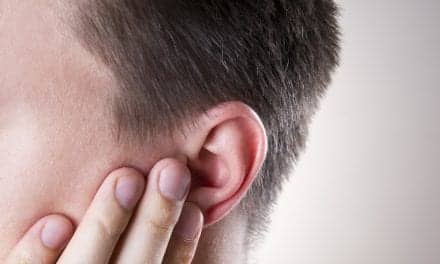Jülich, Germany— A clinical trial led by Professor Peter Tass at Jülich Research Center in Germany reports that a non-invasive technique known as Acoustic CR® Neuromodulation benefited 75% of patients. The results were published in Restorative Neurology and Neuroscience.
Acoustic Coordinated Reset (CR) Neuromodulation provided the trial’s patients with a “significant and clinically relevant decrease” in tinnitus loudness and annoyance within 12 weeks, compared to patients who received a placebo, according to the authors.
Tass suggests that Acoustic CR® Neuromodulation reduces tinnitus loudness by reducing the overactivity of auditory nerve cells within the hearing portion of the brain.
The treatment involves patients wearing headphones that emit a series of tones designed to match the frequency of their individual tinnitus tones. The treatment’s emitted tones are designed to interfere and eventually disrupt the patient’s rhythmic tinnitus firing patterns in the nerve cells that are believed to be causing the tinnitus.
In the prospective, randomized, single blind, placebo-controlled trial in 63 patients diagnosed with chronic tonal tinnitus and up to 50 dB hearing loss, the placebo treatment did not lead to any significant changes.
However, the effects gained by patients treated with 12 weeks of Acoustic CR persisted through a preplanned 4-week therapy pause and showed sustained long-term effects after 10 months of therapy, according to the researchers. In fact, 75% of patients had some benefit, as measured by a visual analogue scale, tinnitus questionnaire scores, and spontaneous EEG recordings.
A British Tinnitus Association spokesperson commented, “The results of this exploratory first trial are interesting and encouraging. The findings now need to be replicated by an independent research group. A randomized-controlled trial is required to assess whether this new intervention is a viable and effective treatment for tinnitus patients. We look forward to seeing the results of the planned larger scale Phase 2 Trial.”
SOURCE: British Tinnitus Association and Abstract




